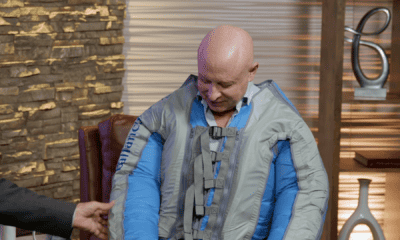
Breast Reduction Techniques
1. Inferior Pedicle
The Inferior Pedicle technique is also known as keyhole reduction. After making an incision around the nipple and areola complex (NAC), the surgeon creates a keyhole-shaped opening in the skin by cutting vertically from the NAC to the base of the breast, then horizontally along the bottom fold of the breast. In performing the inferior pedicle technique, the surgeon will then remove fat, skin, and tissue from the mammary glands, and elevate the nipple and areola to a higher position.
2. Vertical Scar
One noticeable feature of the vertical scar technique is the use of vertical incisions along the sides or bottom of the breast mound. There is very limited use or total absence of horizontal incisions.
In the vertical scar technique, reduction is achieved by removing the side and bottom tissues, leaving the upper breast area practically untouched. This technique is most suitable when only smaller reduction is desired. Surgery in the vertical scar method typically takes a shorter time and leaves a limited scar length.
3. Horizontal Scar
Horizontal incisions along the inframammary fold (IMF) and cutout around the NAC are the basic features of the horizontal scar technique. Skin and tissue are removed through the wedge formed by the opening produced by the incisions.
Advantages to the horizontal scar technique include no scarring along the visible breast meridian and better NAC inset scarring. However, this technique results in more noticeable scarring along the IMGF and the potential for “boxy-shaped” breasts.
4. Exclusively Liposuction
The liposuction-only technique is recommended for cases when the excess size of the breast is minimal. It is also recommended for patients who are prone to anesthesia risk when alternative techniques are used.
5. Free Nipple Graft
The free nipple graft procedure involves first removing the nipple/areola complex, then excising tissue within the breast, trimming the skin to around the remaining breast tissue, and stitching the breast together before grafting the nipple/areola complex back into place.
The free nipple graft technique is primarily used for patients who suffer the condition of blood supply deficiency (ischemia) to the NAC. It is also the preferred technique for patients in the following groups:
• Smokers
• Diabetics
• Women with overly elongated breasts (measuring almost 20 cm from the IMF to the nipple)
If you have excessively large breasts, breast reduction surgery offers several benefits, including enhancing your appearance, reducing pain, increasing the ability for physical activity, and improving your overall self-esteem. However, as with any surgical procedure, you should explore all of your options before seeking breast reduction surgery, and research which technique is most suitable to achieve the desired results.












Facebook
Twitter
Instagram
YouTube
RSS